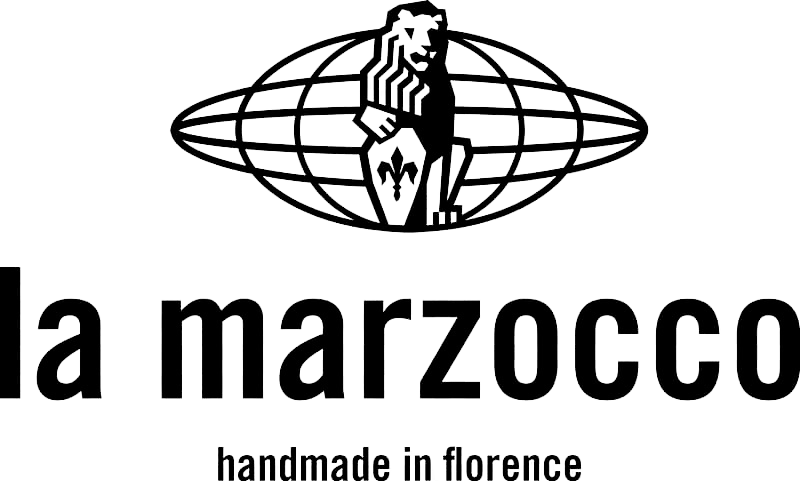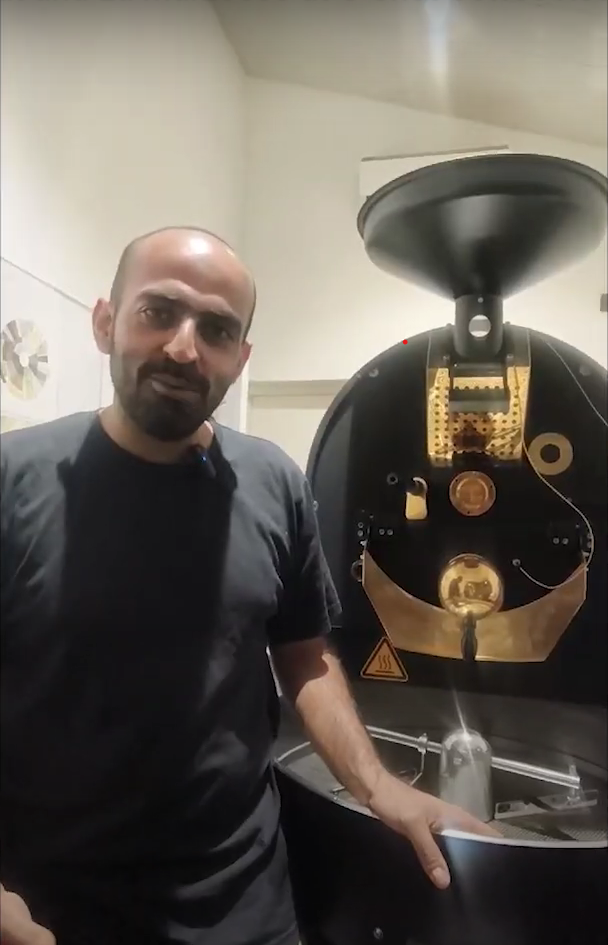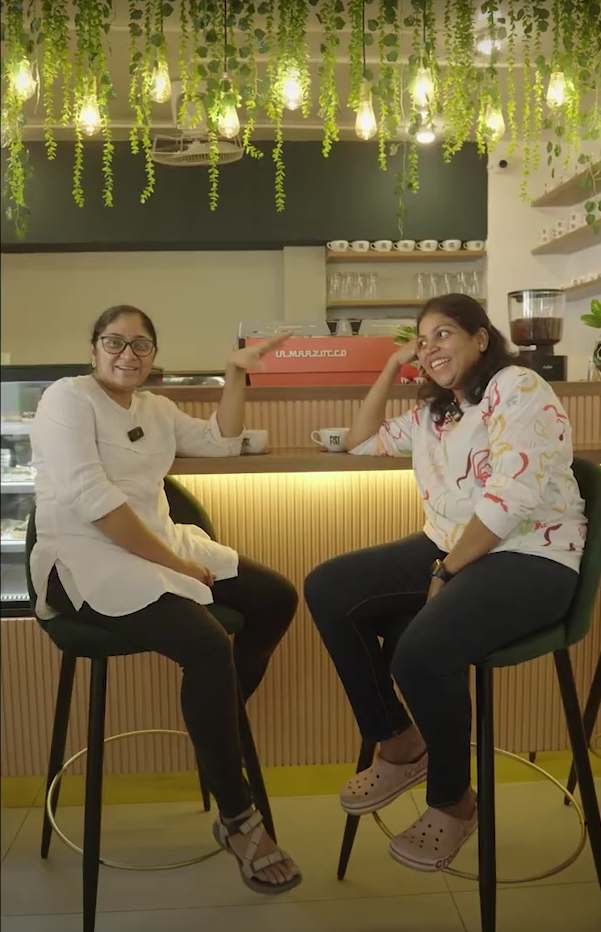Good latte art isn’t just about a pretty-looking beverage, it’s about the flavour balance between the milk foam and espresso providing a delicate rounded mouthfeel and texture.
Latte art is a process of pouring pre-foamed milk into a shot of espresso, which results in the creation of a pattern or design on the surface of a coffee. A good coffee art tells the customer that the barista has done a good job of properly steaming the milk and making the perfect beverage.
A barista’s most impressive quality is their ability to create pretty coffee art. Coffee art offers an enormous scope for creativity, only limited by imagination and skillset.
So what all is needed to master those latte art skills you are trying to perfect?
There are several aspects which are integral to steaming milk, the first step being learning how to steam milk properly. It is pretty easy to master the technique but a few tips have to be added in your routine in order to get it right in a few tries.
- Always use chilled milk for steaming. If you use room temperature milk, it will heat up too fast and will taste burnt by the time it starts the steaming process.
- Make sure you position the steaming wand just right in order to create that glossy micro foam.
Coffee:
Make sure you’ve pulled a quality espresso which has a good amount of cream on top of it. Giving yourself a clean and even surface to pour onto can make everything look better. Mix your espresso before pouring to mix the crema, speckling, and air bubbles together. This will give you a blank espresso “canvas” to pour onto—all the same colour and texture.
Likewise, before you drop the pitcher down to begin pouring your design, make sure you’ve mixed the espresso and milk evenly.
At the start, focus on pouring into the centre of your espresso. Pouring into the centre will push your design down slightly toward the edge of the cup, while starting too close to the sides of the cup will cause milk to shoot around the edges and can break the crema.
 Milk:
Milk:
The main constituent of milk is the milkfat. This exists as globules in the milk. Over 98% of it is fatty acids of different types, and specifically includes saturated, monounsaturated, and polyunsaturated fatty acids. Like protein, these fat molecules can stabilise the formation of foam by surrounding the air from the steam wand and entrapping it in a bubble.
Speed of Pouring:
The speed at which you pour your milk from the jug or pitcher will affect your latte art. So, depending on what kind of design you are trying to create and which tutorial you are following, you will want to adjust how fast or how slow you pour to create that coffee art. The speed will create either a more liquid-rich solution or will add texture to your coffee art.
Steaming Pitcher:
You want a jug that’s wide enough to allow a “whirlpool” effect when you steam milk. This whirlpool will break down your bigger bubbles and create micro-foam. The most important thing you want to consider when choosing your milk jug size is how much milk you’re actually going to need for your beverage. While seasoned baristas and professionals could probably churn out flawless latte art with any milk jug, some designs are easier to free pour using certain spout shapes. This makes these jugs easier to learn and coach with – and also to compete with.
Start with a plan:
Start with a plan. This will help you focus and create meaningful movements as you transition through each step. Milk pouring is a quick process, and little movements matter a lot. Throwing a last-second decision at your brain sets you up for failure. Spontaneity can be fun at times, but not while you’re learning. Before you begin your pour, decide what you’d like to end up with. This will help you notice little things that you can improve upon the next time you go to pour the same design.
Coffee Cup:
Ceramic or clay cups are the most recommended ones for making coffee art as they retain heat the best. Cafes tend to use something with a wider mouth and a narrow base as it helps mix the steamed milk and espresso properly. Make sure that the size is around 250ml as you don’t want your coffee to taste bitter or diluted.
Practice Consistently:
As with anything else you want to master, being able to pour good latte art takes consistent practice. IF you get the technique right, you will get to the goal a lot faster!
Customers visit coffee shops for the experience, and a good experience will create loyalty with your customers. It’s also important to have drink consistency as one bad drink could mean the loss of a life-long customer.












































